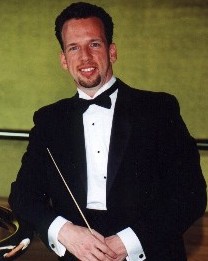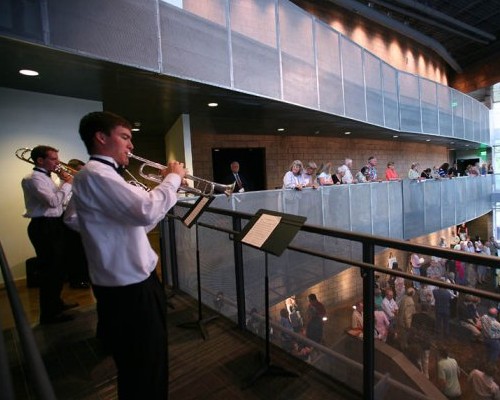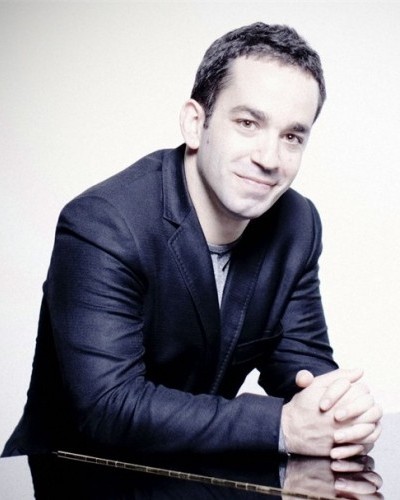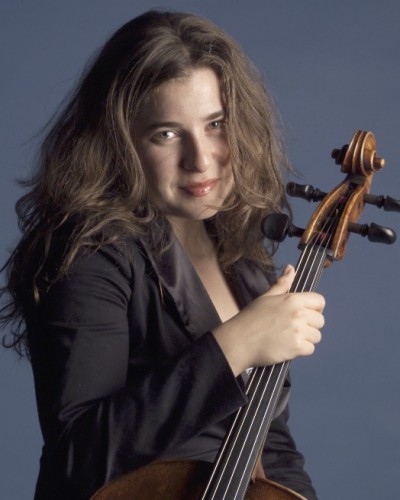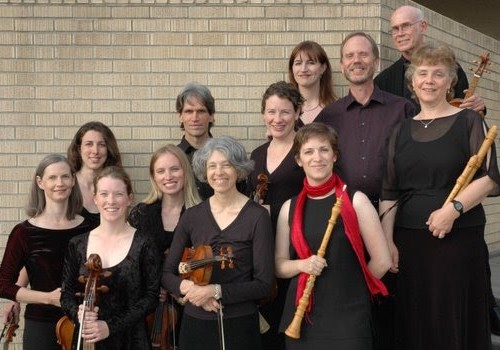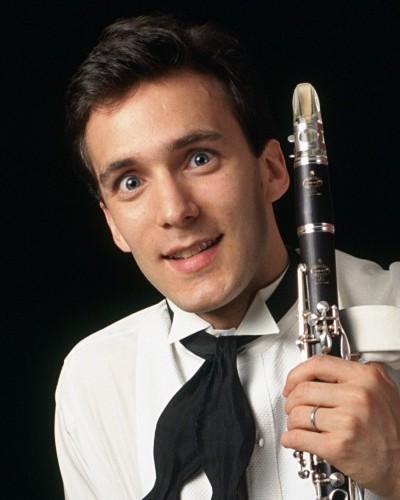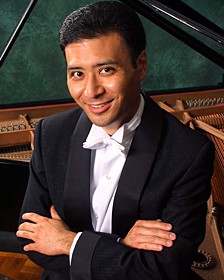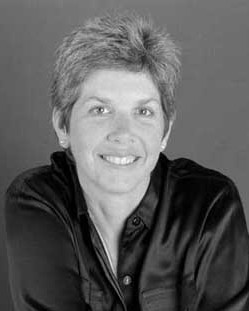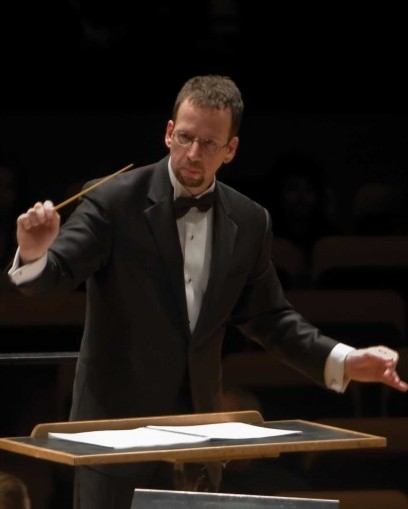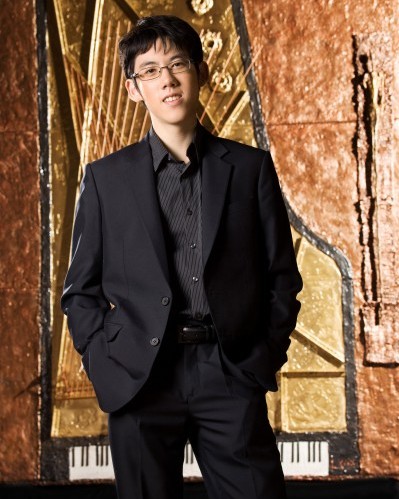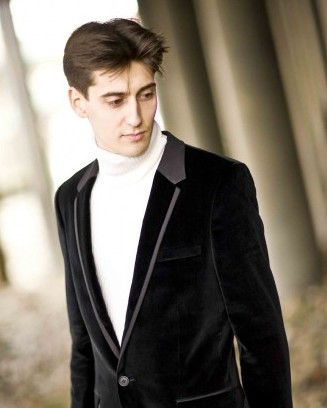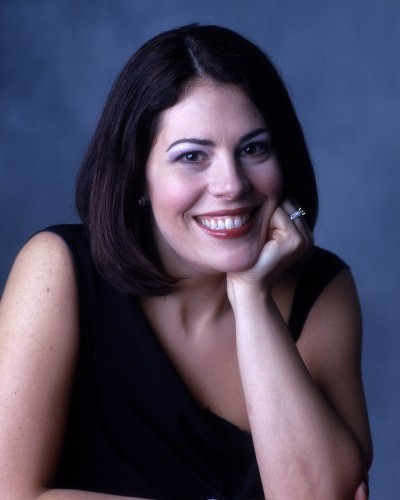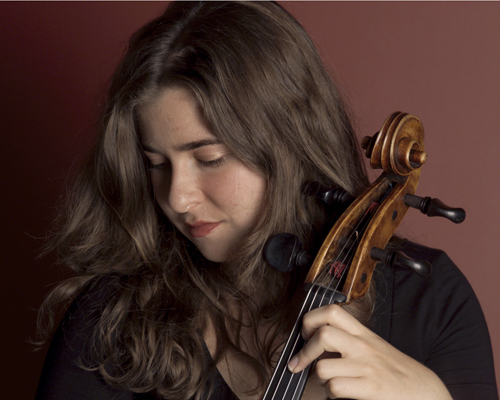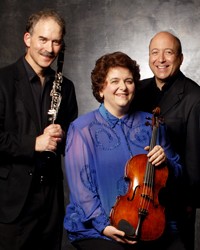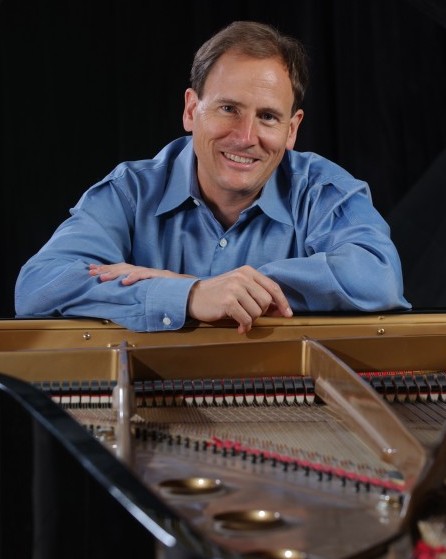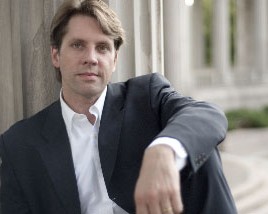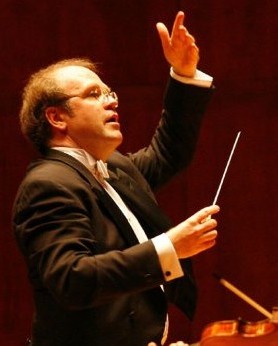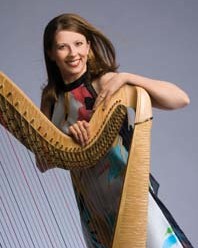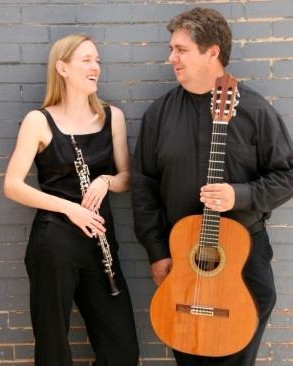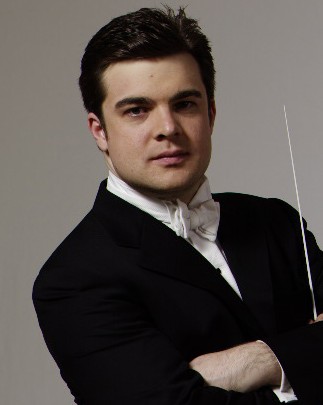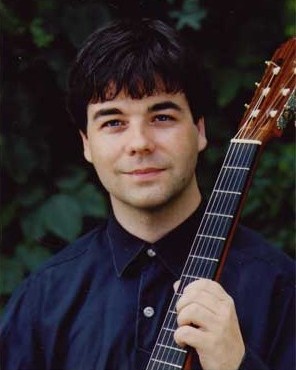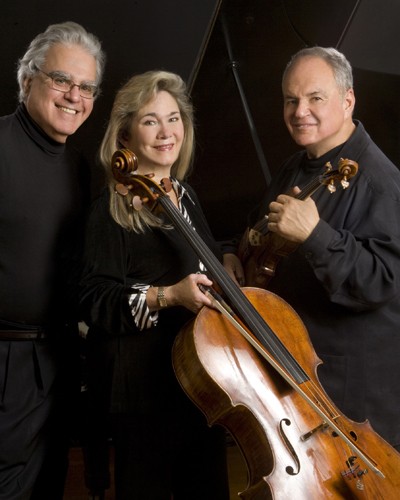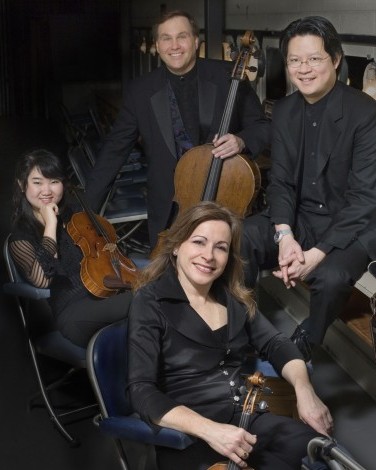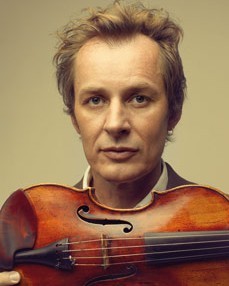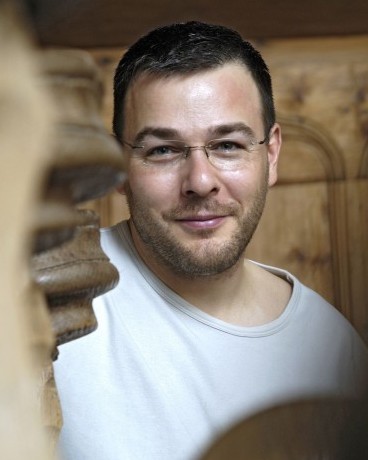On tonight's show:
Colorado MahlerFest
In this first of 3 programs devoted to MahlerFest, music director Robert Olson gives us a “blow-by-blow” account of the Third Symphony, which they're performing on May 22-23, followed by a past performance of the Sixth.Mahler: Symphony No. 6 in A minor (Tragic)
Colorado MahlerFest Orchestra
Robert Olson, conductor
Recorded 1/11,12/03
Colorado Symphony Musicians in Recital
Charley notes that concertmaster Yumi Hwang Williams and principal harpist Courtney Hershey Bress are giving a recital Sunday at Olinger Crown Hill Pavilion of Reflection.
M. Albeniz-Mildonian: Sonata in D major
Granados-Bress: Spanish Dance No. 2 in C minor, Op. 37 (Oriental)
Erardo Guerra: Apunte Betico
Courtney Hershey Bress, harp
St. Joseph Hospital Chamber Music Series: recorded 3/23/04
Felix Mendelssohn: "Allegro vivace" (1st movement) from Sonata in F Major
Yumi Hwang-Williams, violin
Dror Biran, piano
KVOD Performance Studio: recorded 11/9/09
Produced by Martin Skavish
Program Notes
Gustav Mahler (1860-1911): Symphony No. 6 in A minor (Tragic)
I. Allegro energico, ma non troppo: Heftig, aber markig
II. Scherzo: Wuchtig
III. Andante moderato
IV. Finale: Allegro moderato
"My Sixth," wrote Mahler to a friend, "will propound riddles the solution of which may be attempted only by a generation which has absorbed and truly digested my first five symphonies."
Most of the work on the Sixth Symphony was done during summer vacations in 1903 and 1904. In her book on her husband, Alma Mahler described the scene: "The summer was beautiful, serene and happy. Before the holidays came to an end he played me the completed Sixth Symphony. I had first to get everything done in the house, so as to have all my time free….Not one of his works came so directly from his inmost heart as this. We both wept that day. The music and what it foretold touched us so deeply. The Sixth is the most completely personal of his works, and a prophetic one also."
Before the first performance, in Essen on May 27, 1906, Mahler was a nervous wreck. "We came to the last rehearsals," Alma recalled, "to the dress rehearsal--to the last movement, with its three great blows of fate. When it was over, Mahler walked up and down the artists' room, sobbing, wringing his hands, unable to control himself."
The actual performance fared little better. Mahler was stung by Richard Strauss's remark that "Mahler wasted his greatest strength at the beginning and then became weaker and weaker." According to Alma, "Mahler was so afraid that agitation might get the better of him, that out of shame and anxiety he did not conduct the Symphony well."
For the premiere, Mahler subtitled the work "Tragic," but later deleted the title. At one point, he even switched the order of the middle movements, but later changed his mind and returned them to their original sequence.
The opening movement begins with an ominous march melody, which leads to a six-note rhythm in the timpani, what Mahler called the "rhythm of catastophe." This "Fate motive" returns in the Finale. The first movement also contains a theme associated with Alma Mahler. After its composition, the composer told her: "I've tried to capture you in a theme. I don't know whether I've succeeded….You'll have to take it as it is." In the Scherzo, Alma said that her husband "represented the unrhythmic play of the two little children as they toddle through the sand. Horrible--these children's voices become more and more tragic, and at the end there is just the whimper of a little expiring voice."
"The beauty of the music," writes Michael Kennedy of the slow movement," may easily cause us to overlook (as, indeed, it should) the technical skill, notably the novel and subtle merging, or overlapping, of themes."
Of the last movement Mahler said, "It is the hero, on whom fall three blows of fate, the last of which fells him as a tree is felled." The three hammer blows of fate--which Mahler wanted to be "short, mighty but dull in resonance, with a non-metallic character, like the stroke of an axe"--are said to foretell three tragic events in his life. A year after the premiere, his heart condition was first diagnosed, and a daughter died of scarlet fever and diphtheria. Four years later, Mahler died of subacute bacterial endocarditis. Michael Steinberg thinks the third blow represents "the bitter end of his directorship of the Vienna Opera." Being superstitious, Mahler deleted the third hammer blow. Some conductors restore it.
The score calls for 3 piccolos, 4 flutes, 4 oboes, 2 English horns, 5 clarinets, bass clarinet, 4 bassoons, contrabassoon, 8 horns, 6 trumpets, 3 trombones, bass trombone, tuba, timpani, glockenspiel, cowbells, low-pitched bells, bass drum, triangle, snare drum, cymbals, woodblocks, tam-tam, rute, tambourine, hammer, xylophone, 2 harps, celesta and strings.
©2010 Charley Samson
